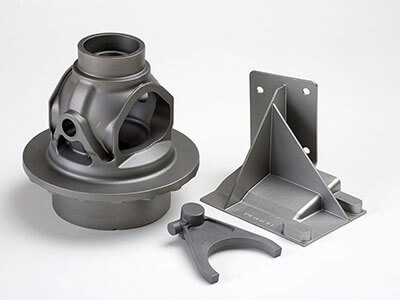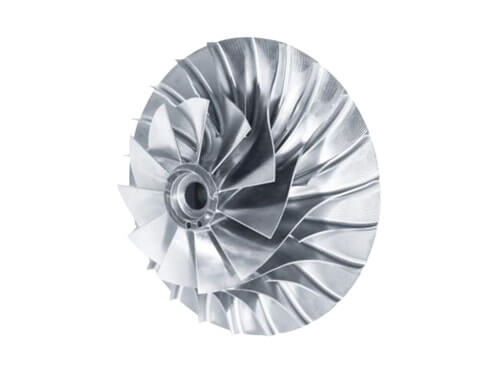Stainless steel is a highly versatile material used in various industrial applications. One type of stainless steel that has gained popularity in recent years is 316 and 316L stainless steel. These materials are often used in precision casting for industrial projects due to their excellent strength, durability, and resistance to corrosion and oxidation.
Characteristics of 316/316L Stainless Steel
316 stainless steel is a type of austenitic stainless steel that contains 16-18% chromium, 10-14% nickel, and 2-3% molybdenum. It has excellent corrosion resistance, high strength, and is easily welded and formed. In comparison to its cousin, 304 stainless steel, 316 is more resistant to corrosion and is often used in marine environments or where exposure to corrosive chemicals is expected.
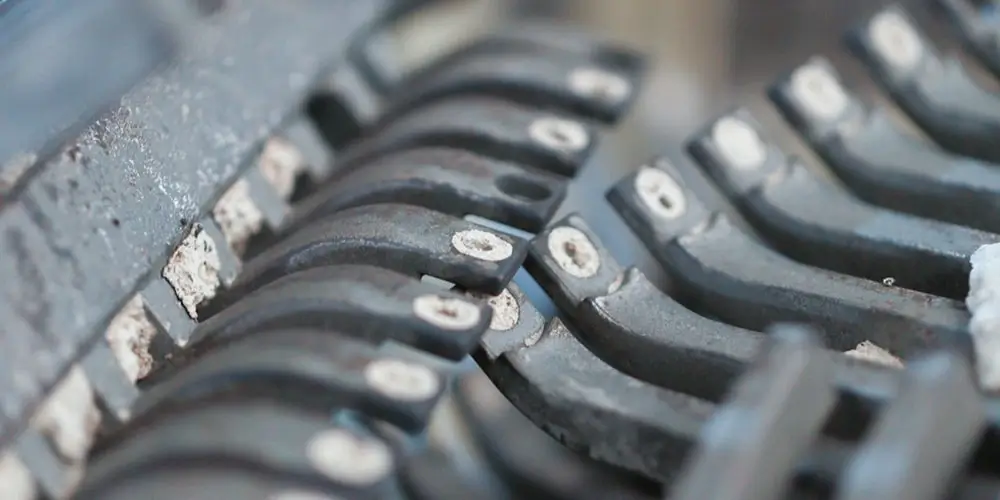
316L stainless steel is like 316’s slightly cooler younger sibling, with lower carbon content and added resistance to sensitization. This means that 316L is less likely to corrode near welds, making it ideal for applications where welding is necessary. It’s also more biocompatible, making it a popular choice for medical implants.
Chemical composition table of 316/316L and 304/304L:
| Material | C | Si | Mn | P | S | Cr | Ni | Mo |
| 316 | 0.08 | 1 | 2 | 0.045 | 0.03 | 16-18 | 10-14 | 2-3 |
| 316L | 0.03 | 1 | 2 | 0.045 | 0.03 | 16-18 | 10-14 | 2-3 |
| 304 | 0.08 | 1 | 2 | 0.045 | 0.03 | 18-20 | 8-10 | – |
| 304L | 0.03 | 1 | 2 | 0.045 | 0.03 | 18-20 | 8-10 | – |
Mechanical properties of 316/316L:
| Property | 316 | 316L |
|
Tensile Strength
|
515 Mpa | 485 MPa |
| Elongation | 0.35 | 0.35 |
| Yield Strength | 205 Mpa | 170 Mpa |
| Hardness | 217 Brinell (HB) | 217 Brinell (HB) |
| Density | 8.00 g/cm3 | 8.00 g/cm3 |
Why Stainless Steel 316 Precision(Investment) Casting?
Investment casting with 316 or 316L stainless steel offers several advantages, including resistance to corrosion, strength and durability, precision and versatility, biocompatibility, and cost-effectiveness. If you are looking for a manufacturing process that produces high-quality, precise parts that can withstand harsh environments, investment casting with 316 or 316L stainless steel is an excellent choice.
- Resistance to Corrosion: 316 and 316L stainless steel are highly resistant to corrosion, which is especially important in applications where the product will be exposed to harsh environments or corrosive substances. Investment casting with 316 or 316L stainless steel ensures that the finished product will have excellent resistance to corrosion.
- Strength and Durability: 316 and 316L stainless steel are very strong and durable materials. Investment casting with these materials results in products that are able to withstand high levels of stress and wear without breaking down.
- Precision and Versatility: Investment casting is a highly precise and versatile manufacturing process, capable of producing complex shapes and designs with excellent dimensional accuracy. This precision and versatility make investment casting an ideal process for creating high-quality, intricate parts with 316 or 316L stainless steel.
- Biocompatibility: 316L stainless steel has superior biocompatibility compared to other materials, making it an excellent choice for medical implants or other applications where biocompatibility is important. Investment casting with 316L stainless steel ensures that the finished product is safe and compatible with human tissue.
- Cost-Effectiveness: Although 316 and 316L stainless steel may have a higher initial cost compared to other materials, their durability and resistance to corrosion and oxidation make them a cost-effective choice in the long run. Investment casting with these materials results in high-quality products that require less maintenance and replacement over time, ultimately saving costs in the long run.
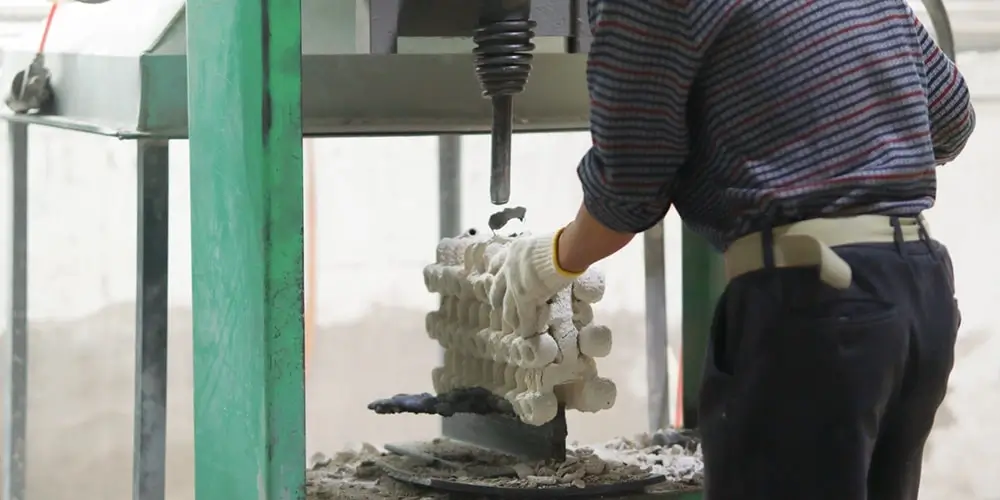
How Does 316(L) Precision Casting Process Work
Investment casting can make use of most metals, most commonly using aluminum alloys, bronze alloys, magnesium alloys, cast iron, stainless steel, and tool steel. This process is beneficial for casting metals with high melting temperatures that can not be molded in plaster or metal.
- Wax Injection: The process begins by creating a wax pattern of the part to be cast. This is typically done by injecting molten wax into a metal mold. The wax pattern is then removed from the mold and any excess material is trimmed away.
- Ceramic Shell Coating: The wax pattern is then coated in a ceramic shell material. This material hardens around the wax pattern, creating a mold that will hold the metal during the casting process.
- De-Waxing: Once the ceramic shell is dry, the wax inside is melted and drained out. This leaves a hollow shell that is ready to be filled with molten metal.
- Pouring: The hollow ceramic shell is preheated in a furnace to a specific temperature, and then filled with molten metal. The metal is poured into the shell using a gating system that allows the metal to flow into the mold evenly.
- Cooling and Solidification: After the metal has been poured, the ceramic shell is allowed to cool and the metal solidifies. This can take several hours or even days, depending on the size and complexity of the part being cast.
- Shell Removal and Finishing: Once the metal has solidified and cooled, the ceramic shell is removed. The finished casting is then cleaned and finished using a variety of methods, including cutting, grinding, and polishing.
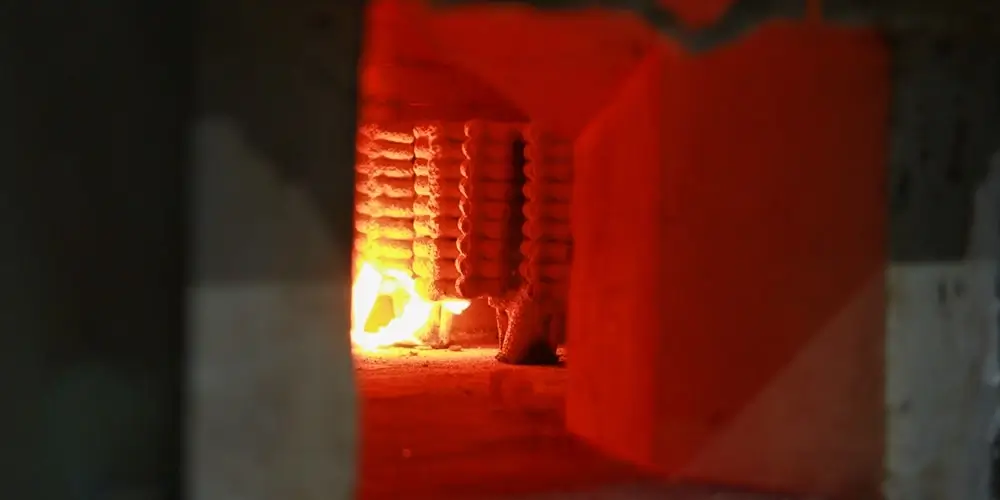
Applications of 316 and 316L Stainless Steel
The versatility and durability of 316 and 316L stainless steel make them ideal materials for use in various industrial applications.
Chemical processing industry: 316 and 316L stainless steel are used to make pumps, valves, and piping systems due to their resistance to corrosion and chemical attack.
Food and beverage industry: they’re used to make equipment like tanks and piping systems that need to be easily cleaned and sanitized.
Marine industry: 316 and 316L stainless steel are used to make boat fittings and hardware that are exposed to saltwater and other corrosive elements.
Construction industry: they are used to make architectural features like handrails, door handles, and balustrades.
Oil and gas industry: they are used to make equipment like pressure vessels, heat exchangers, and storage tanks.
Aerospace industry: they are used to make parts like exhaust manifolds, turbine blades, and engine components.
316/316L Stainless Steel Precision Casting Cost Analysis
In investment(Precision) casting, the cost structure includes the cost of the raw materials (i.e., the stainless steel), the cost of the tooling, and the cost of the labor and equipment used in the casting process.
The cost of raw materials is a significant factor in investment casting. While 316 and 316L stainless steel may be more expensive than other materials commonly used in precision castings, such as cast iron or carbon steel, they can provide cost savings in the long run due to their superior durability and resistance to corrosion. For example, using 316 and 316L stainless steel in the construction of chemical processing equipment can help to prevent costly equipment failures due to corrosion, which can save companies significant amounts of money in the long run.
In addition, the versatility of 316 and 316L stainless steel means that they can be used in a wide range of applications, which can help to reduce costs by reducing the need for multiple materials and processes. For example, if a manufacturer were to use multiple materials to produce a single part, it could increase the cost of production due to the need for additional processing and assembly. However, by using 316 or 316L stainless steel, the manufacturer can produce a part that meets all of the necessary requirements without the need for additional materials or processing, which can help to reduce costs.
The cost of tooling is another significant factor in investment casting. The tooling required for investment casting includes the wax injection tool, the ceramic shell tool, and the casting tool. The cost of tooling depends on the complexity and size of the product being cast and can range from a few hundred to several thousand dollars.
The cost of labor and equipment used in the casting process can vary depending on the size and complexity of the product being cast. The labor cost includes the time and skill required to prepare the wax pattern, assemble the ceramic shell, and pour the metal into the mold. The equipment cost includes the cost of the furnace used to melt the metal and the machinery used to cut and finish the cast parts.
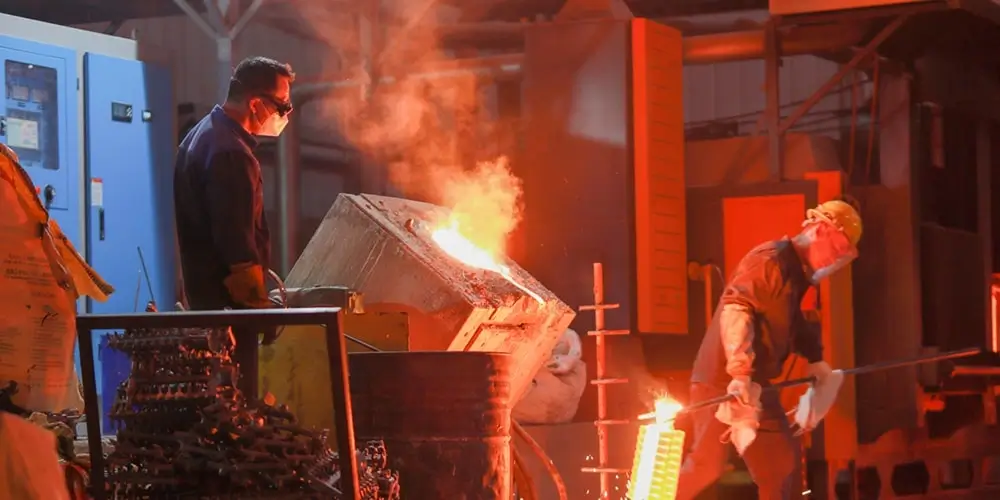
Conclusion
In conclusion, if you’re looking for a material that can withstand harsh environments, resist corrosion, and last for years to come, 316 and 316L stainless steel should be at the top of your list. Whether you’re in the chemical processing, food and beverage, or marine industry, these materials have proven themselves time and time again. Plus, they’re just so darn cool.
As a 316/316L stainless steel casting factory, we specialize in high-quality precision casting of stainless steel components. Our state-of-the-art facilities and experienced team allow us to deliver custom parts with exceptional accuracy and surface finish. We work closely with our clients to understand their specific needs and requirements, and we use the latest technology and production methods to ensure consistent quality and timely delivery. Whether you need complex parts for the automotive, aerospace, or medical industries, we have the expertise and capabilities to meet your demands. Contact us today to learn more about our stainless steel precision casting services and how we can help bring your ideas to life.
